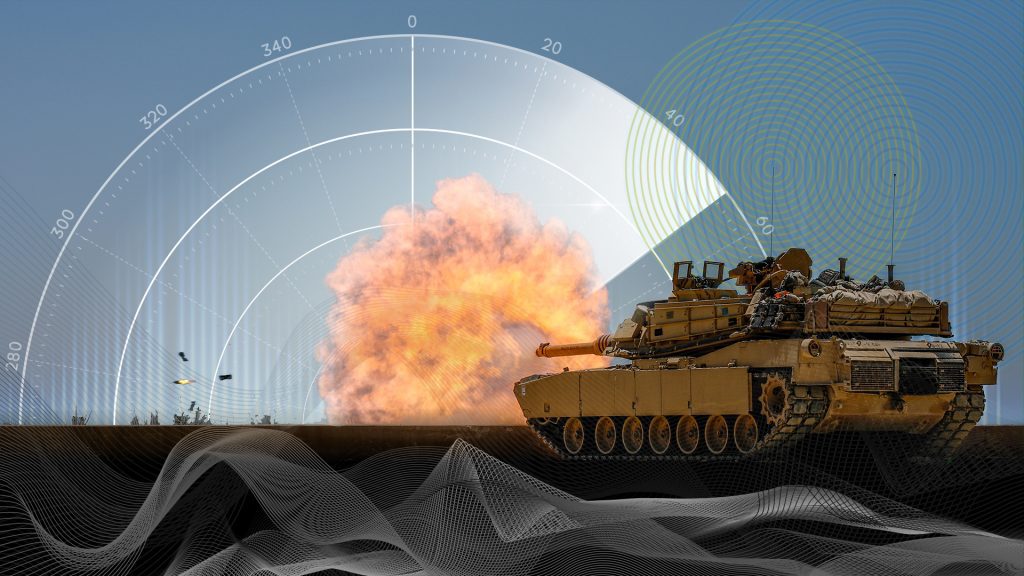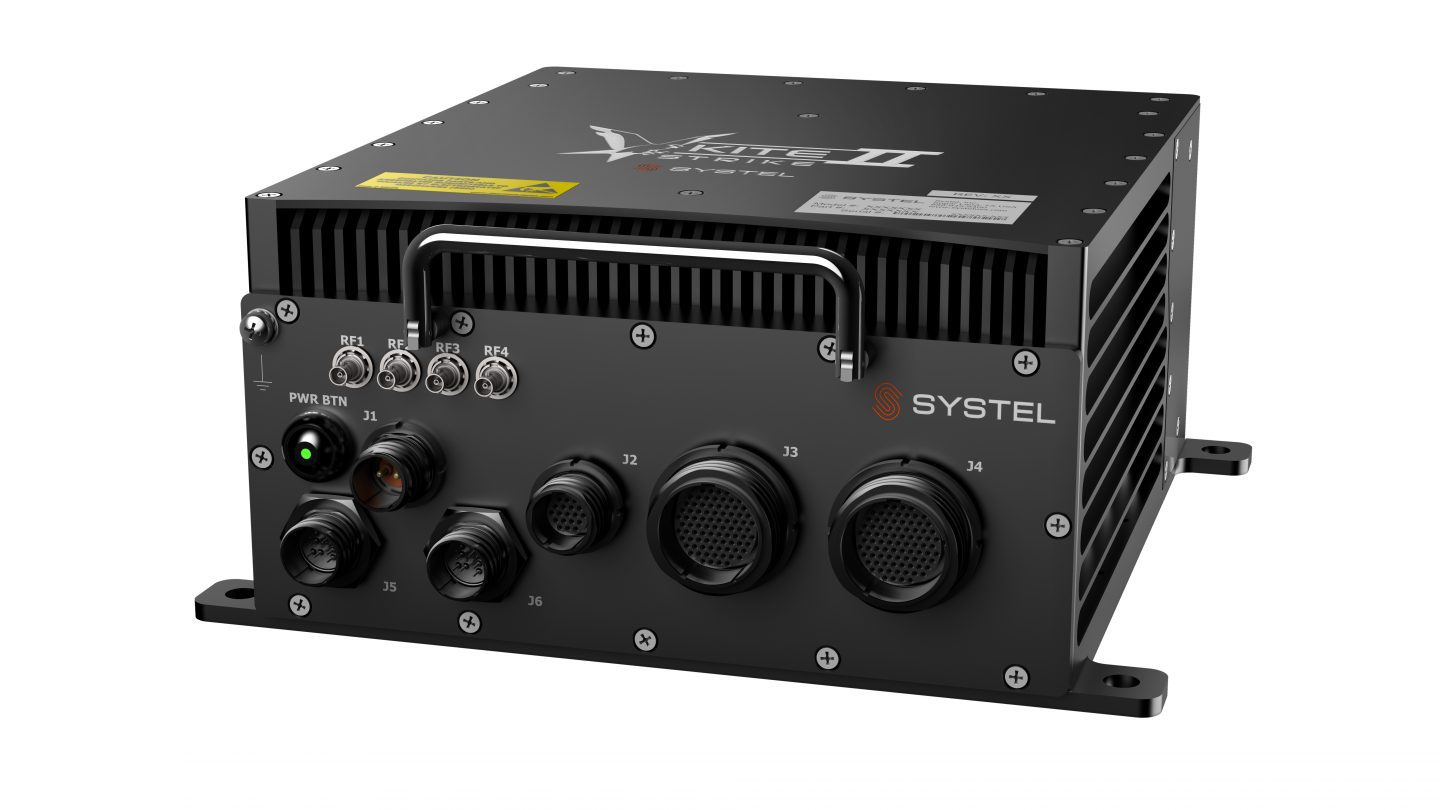MIL-STD-461G: The DoD Electromagnetic Compatibility Standard

MIL-STD-461G: The DoD Electromagnetic Compatibility Standard
Military-grade rugged computers operate in the harshest environments on the planet, where resilience to severe conditions and operational reliability are paramount. A cornerstone of these specifications is the device’s electromagnetic compatibility (EMC) – its capacity to operate effectively without generating, or being affected by, electromagnetic interference (EMI). Specific EMC requirements and verification methods are defined in Department of Defense (DoD) Interface Standard MIL-STD-461G.

Photo By: Graphic illustration by Regina Ali, DOD
VIRIN: 200910-D-D0439-001.JPG
An Overview of MIL-STD-461G
MIL-STD-461G establishes interface and associated verification requirements for the control of EMI emissions and susceptibility for electronic equipment used by the DoD and associated agencies.
The purpose and applicability of MIL-STD-461G is defined in Section 1: Scope. Related documents and terminology definitions are described in Section 2: Applicable Documents and Section 3: Definitions of the document respectively.
Section 4: General Requirements describes general equipment compatibility requirements and general measurement tolerances and test setup descriptions.
Section 5: Detailed Requirements” specifies detailed EMI requirements and associated test procedures. Section 5 also specifies EMI requirement applicability to specific types of DoD platforms and installations. This section divides the requirements into four categories: CE (Conducted Emissions), CS (Conducted Susceptibility), RE (Radiated Emissions), and RS (Radiated Susceptibility).

For an overview on MIL-STDs we design our products to meet, check out our post: "What is a Rugged Computer?"
Read the Blog PostA Detailed Look at CE, CS, RE, and RS
Conducted Emissions (CE)
CE requirements specify the maximum permissible levels of electromagnetic energy originating from the Equipment Under Test (EUT) which is transmitted along all electrical interfaces to and from the EUT. Fulfilling these requirements can involve employing carefully designed EMI filters and and/or EMI protection circuits at all electrical interfaces to/from the EUT.
- CE101 (30 Hz – 10 kHz): Applicable to power leads, this requirement ensures that low-frequency emissions do not interfere with the operation of equipment connected to the power source. This is particularly important in platforms where other systems utilize low-frequency communication or signaling.
- CE102 (10 kHz – 10 MHz): Similar to CE101, but applicable in the higher frequency range, this requirement ensures that the equipment does not interfere with other systems connected to the same power source, particularly important for high-frequency communication or radar systems.
- CE106 (10 kHz – 40 GHz): This standard applies to the unintended antenna port signals that exist when a transmitter is keyed but not transmitting information, ensuring that spurious and harmonic emissions do not exceed specified limits.
Conducted Susceptibility (CS)
CS requirements specify the extent to which a device must resist interference propagated along all electrical interfaces to and from the EUT. Complying with these requirements often requires thoughtful decoupling and shielding techniques in the device’s design.
- CS101 (30 Hz – 150 kHz): Ensures that the equipment can operate without degradation in the presence of low-frequency signals on power inputs.
- CS103 (15 kHz – 10 GHz): Applies to equipment and subsystems with active or passive antennas. This requirement ensures that these systems can tolerate carrier or unwanted signals without degradation in performance.
- CS104 (30 Hz – 20 GHz): Also applies to equipment and subsystems with active or passive antennas, ensuring they can tolerate modulated carrier or unwanted signals.
- CS105 (30 Hz – 20 GHz): This ensures that equipment and subsystems with active or passive antennas can tolerate intermodulation signals.
- CS106 (DC – 60 Hz): This requirement tests for transient susceptibilities, such as power interruptions or reductions on DC input power.
- CS114 (10 kHz – 200 MHz): This requirement ensures that the equipment can operate without degradation in the presence of bulk cable injection.
- CS115 (30 Hz – 100 kHz): Tests for susceptibility to impulse excitation through interconnecting leads.
- CS116 (10 kHz – 100 MHz): Ensures that equipment is resistant to damped sinusoidal transients induced in equipment and subsystems through cable harnesses.
- CS117: This requirement tests the device’s robustness against lightning-induced transients. Military aircraft, for instance, could be at risk from direct or indirect lightning strikes. CS117 ensures that systems critical to the safety and operation of the aircraft can withstand the high-energy transients that may be induced by a lightning event.
- CS118 (Personnel Borne Electrostatic Discharge): This requirement is to test the device’s robustness against electrostatic discharge (ESD) events that could be induced by personnel. In environments where static charge can accumulate, such as dry, non-conductive surfaces, there is a risk that a person may accumulate a charge and then discharge it when they touch an electronic device.
Radiated Emissions (RE)
RE requirements govern the electromagnetic energy radiated from a device into free space. Complying with these requirements can involve using high-frequency PCB layout techniques, shielding enclosures, and careful selection of components and materials.
- RE101 (30 Hz – 100 kHz): This requirement pertains to magnetic field emissions, ensuring that the radiated magnetic fields do not exceed specified limits.
- RE102 (10 kHz – 18 GHz): This requirement pertains to electric field emissions, ensuring that the radiated electric fields do not exceed specified limits.
- RE103 (10 kHz – 40 GHz): This standard applies to antenna spurious and harmonic outputs, ensuring that unwanted antenna port signals do not exceed specified limits.
Radiated Susceptibility (RS)
RS requirements describe a device’s ability to function under radiated electromagnetic disturbances. From a design perspective, achieving these requirements can require careful component placement, shielding, and grounding strategies.
- RS101 (30 Hz – 100 kHz): Tests for susceptibility to magnetic fields, ensuring that equipment can tolerate magnetic fields of a given intensity.
- RS103 (2 MHz – 40 GHz): Tests for susceptibility to electric fields, ensuring that the equipment can tolerate electric fields of a given intensity.
- RS105 (DC – 6 GHz): This requirement tests for susceptibility to transient electromagnetic fields, ensuring that equipment can withstand the effects of a nearby nuclear detonation.

Learn more about our MIL-SPEC rugged embedded computers
Download The Product SheetThe Engineering Implications of MIL-STD-461G
Meeting the CE, CS, RE, and RS requirements specified in MIL-STD-461G helps ensure the operational integrity of military equipment, shielding them from disruptive or potentially hazardous EMI events. The key engineering approaches include designing power supply units that meet CE requirements, implementing effective filtering and protection techniques for CS through robust component selection and circuit design, designing for minimal RE from EUT components and enclosures, and developing resilience against RS through adequate shielding and circuit protection.
In a military aircraft, for instance, onboard rugged computers must ensure that their radiated emissions do not interfere with vital navigation systems. In turn, these computers must exhibit low radiated susceptibility, ensuring they can operate flawlessly even amidst the high-energy electromagnetic fields generated by onboard radar systems.
Meanwhile, ground vehicles like tanks or armored personnel carriers also require rugged computers with minimal conducted emissions to avoid disrupting vehicle communication systems. Equally crucial is conducted susceptibility, ensuring that the vehicle’s computers continue to perform optimally despite power supply fluctuations and noise from the vehicle’s own electrical systems.
Conclusion
Engineering for MIL-STD-461G compliance is an intricate process that encompasses meticulous design considerations and rigorous testing, critical for mission reliability. It ensures that our rugged computer systems can weather the most electromagnetically challenging environments, thereby contributing to the safety and success of military operations.
Let's Talk!
Have questions or want to learn more? Contact our team and let’s talk!